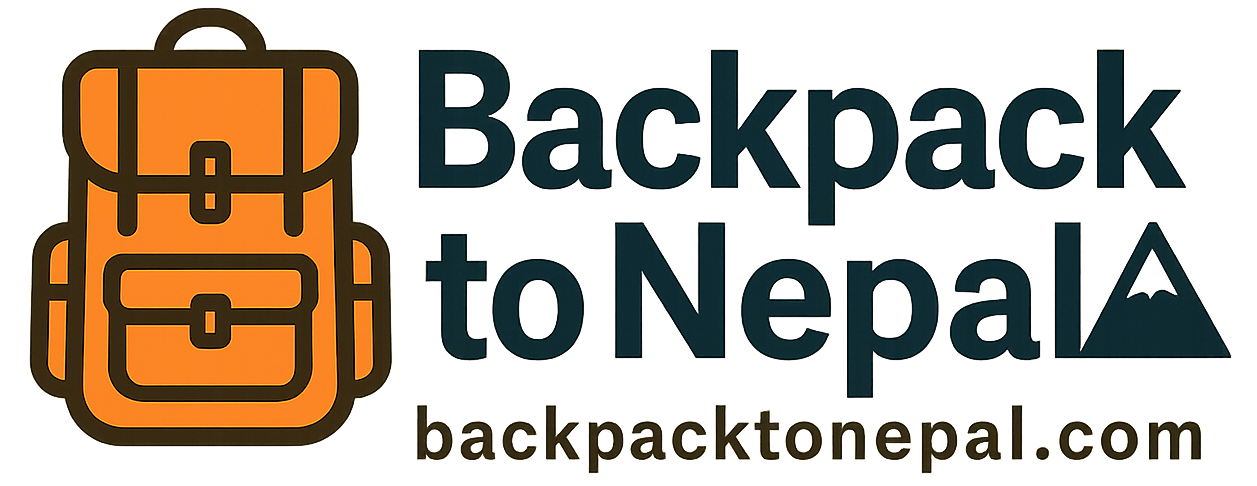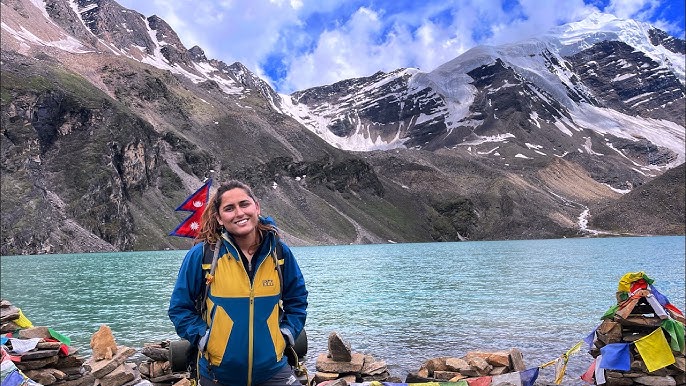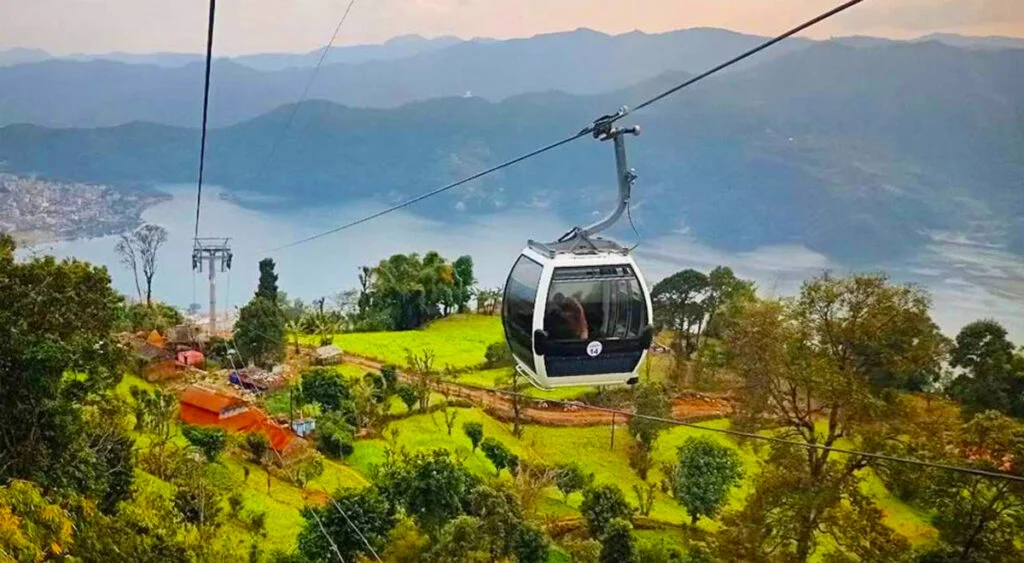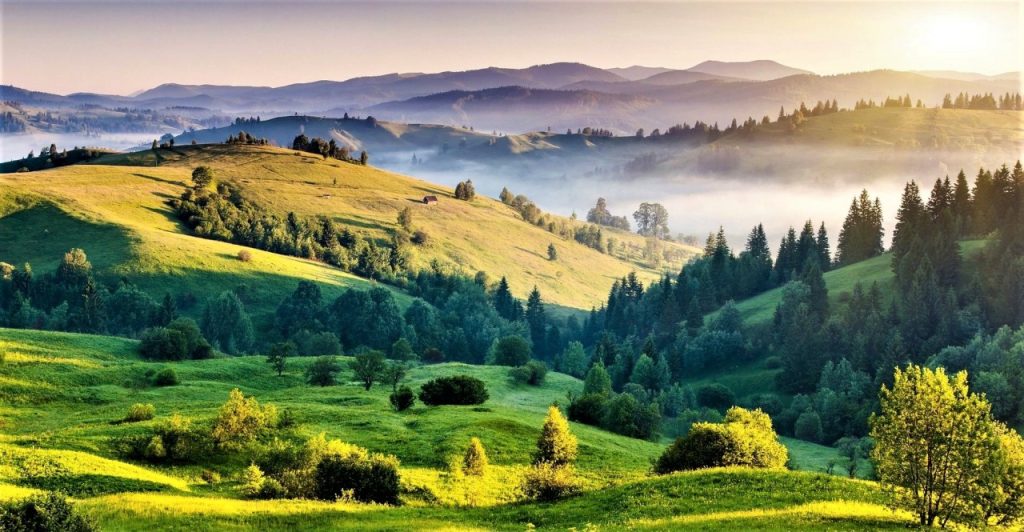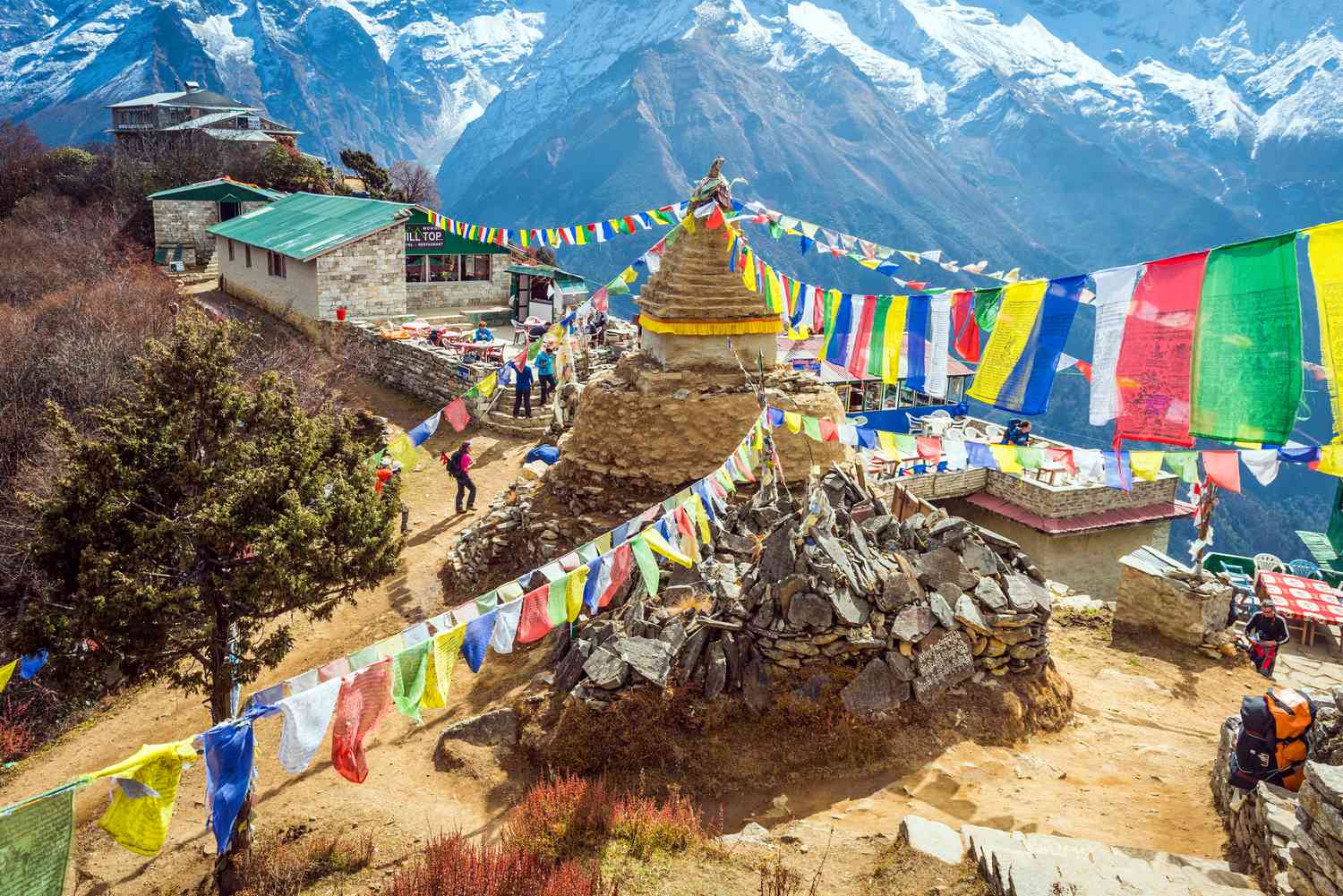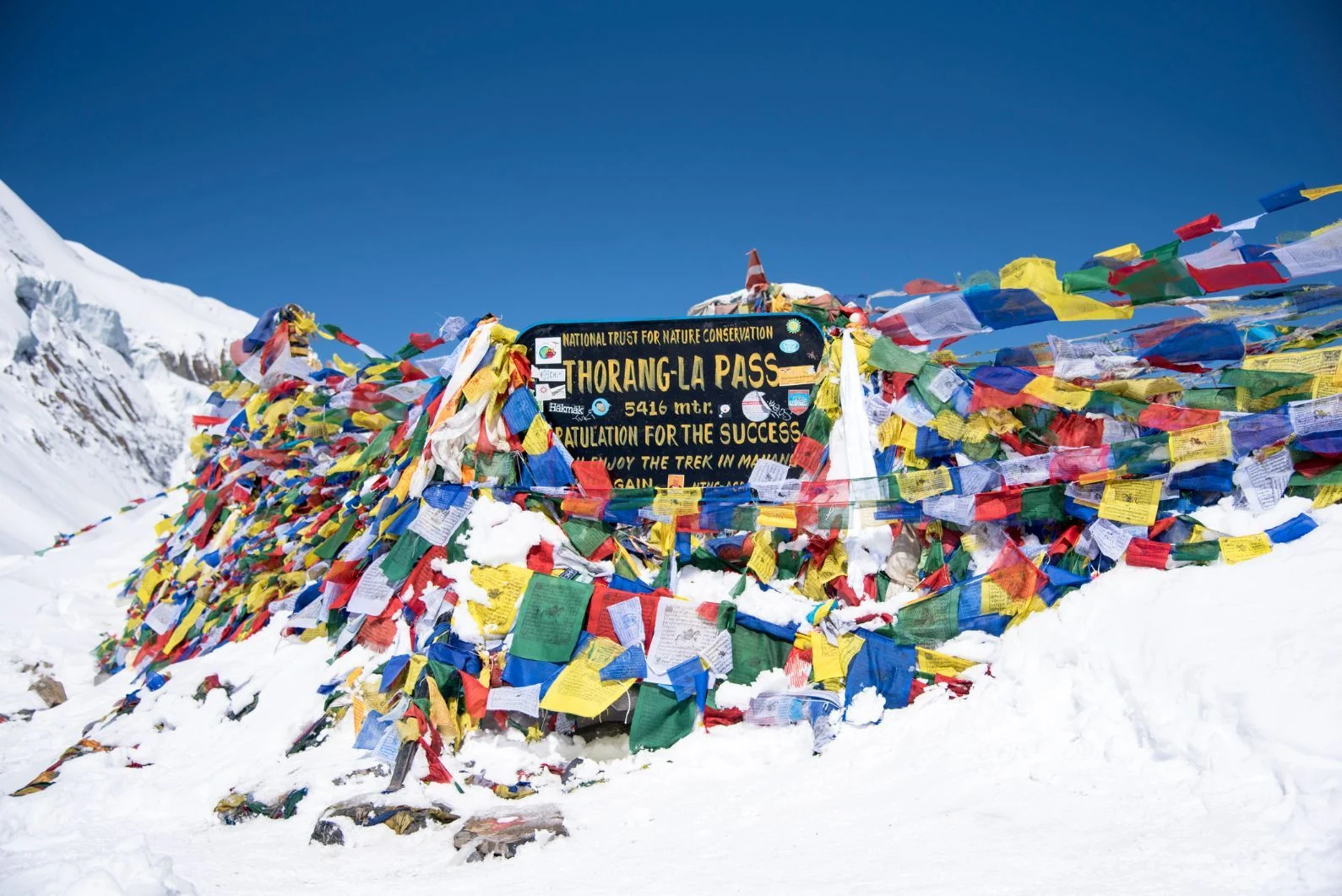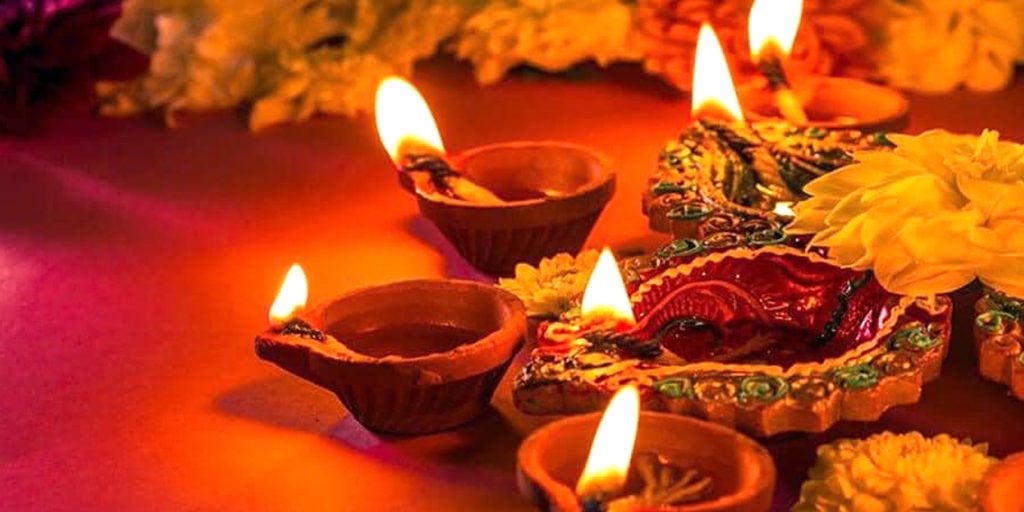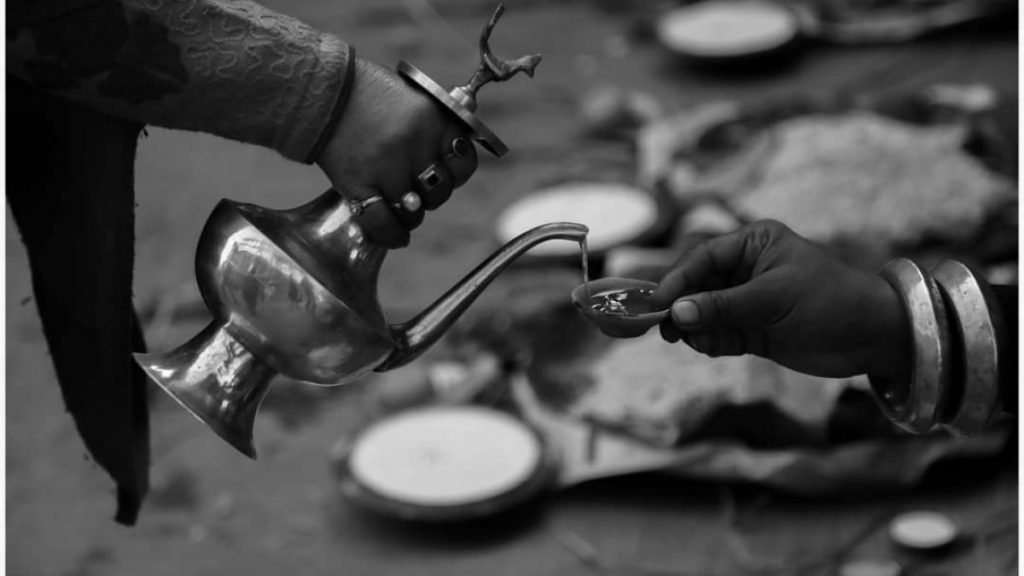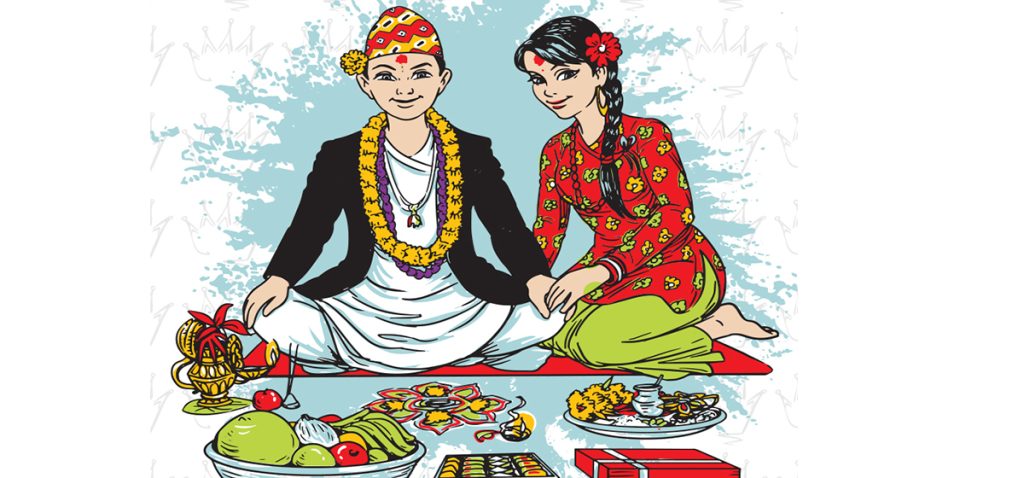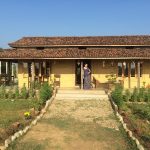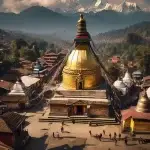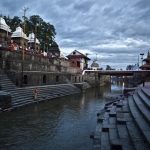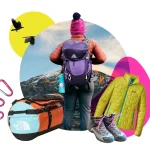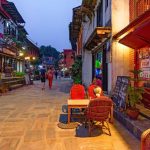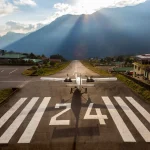Now Reading: Everest Base Camp Trek: A Simple Backpacker Guide (Route, Permits, Budget)
-
01
Everest Base Camp Trek: A Simple Backpacker Guide (Route, Permits, Budget)
Everest Base Camp Trek: A Simple Backpacker Guide (Route, Permits, Budget)
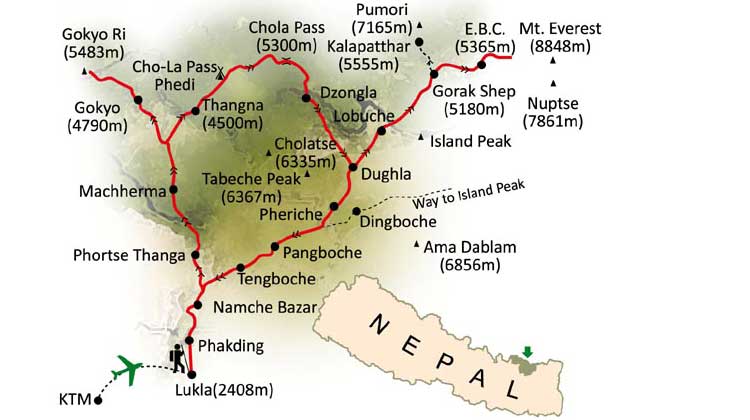
What to expect
The Everest Base Camp (EBC) trek takes you from the short runway at Lukla into the heart of the Khumbu. You’ll cross swinging bridges, climb through pine and juniper forests, and sleep in tea houses run by welcoming Sherpa families. The goal is the glacier plain of Everest Base Camp (5,364 m), with the classic summit panorama from Kala Pattar (5,545 m) at sunrise.
Quick facts
- Typical duration: 12–14 days from Lukla (plus buffer days for weather).
- Highest points: Base Camp 5,364 m, Kala Pattar 5,545 m.
- Accommodation: Tea houses (simple private rooms, shared bathrooms).
- Best seasons: Oct–Nov and Mar–Apr for stable weather and views.
12‑day starter itinerary
- Fly Kathmandu/Ramechhap → Lukla, trek to Phakding (2,610 m)
- Phakding → Namche Bazaar (3,440 m)
- Acclimatisation: Namche viewpoints (Everest View Hotel)
- Namche → Tengboche (3,860 m) monastery visit
- Tengboche → Dingboche (4,410 m)
- Acclimatisation: Nangkartsang viewpoint or Chhukung
- Dingboche → Lobuche (4,940 m)
- Lobuche → Gorak Shep → Everest Base Camp → Gorak Shep
- Kala Pattar sunrise → Pheriche
- Pheriche → Namche
- Namche → Lukla
- Buffer/flight day
Permits & rules (plain English)
- Sagarmatha National Park entry (buy at Monjo gate or in Kathmandu).
- TIMS card + a licensed trekking guide are mandatory on most trekking routes. Book through a registered trekking agency—they handle the paperwork and checkpoint registration.
Training & altitude basics
- Aim for 6–8 weeks of prep: day hikes, stairs, and loaded pack walks.
- Follow the acclimatisation days in Namche and Dingboche—don’t skip them.
- Watch for AMS: headache, loss of appetite, nausea, dizziness. If symptoms worsen, descend and rest.
Food, water & power
- Menus are similar across lodges: dal bhat, soups, fried rice/noodles, momos, and pancakes.
- Boil or treat water; bottled water costs more as you climb.
- Charge devices for a fee; bring a power bank and head torch.
Budget ranges (excluding international flights)
- Shoestring: £900–£1,300 total for permits, guide, tea houses, meals, ground transport.
- Comfort: £1,300–£1,900 with a porter, occasional room upgrades, and extra snacks/showers.
- Travel insurance that covers high altitudes is essential.
Packing must‑haves
Broken‑in boots, merino/base layers, down or synthetic puffy, shell jacket, warm hat/gloves, trekking poles, sunglasses, sunblock, lip balm, blister kit, sleeping bag liner, water treatment, microspikes if late autumn or winter.
Common mistakes to avoid
- Going too fast between Namche → Tengboche → Dingboche.
- Under‑hydrating in dry, cold air.
- No buffer day for Lukla weather.
- New boots—break them in at home.
Simple cost breakdown (indicative)
- Guide (daily): budget–mid £20–35 depending on experience/season.
- Room + meals (per day): £18–30 on average along the main EBC trail.
- Permits + park entry: arranged by your agency—ask for a line‑item receipt.
- Transport: domestic flight to/from Lukla or ground transfer to Ramechhap in peak months.
Renting gear in Kathmandu
You can rent or buy down jackets, sleeping bags, poles, and microspikes in Thamel. Try on sizes, check zips, and test warmth before committing. Return policies vary—read the slip.
Ethical trekking
- Hire a porter if your bag is heavy; keep loads ≤15 kg.
- Choose agencies that provide porters with proper clothing and insurance.
- Refill water to cut plastic on the trail.
